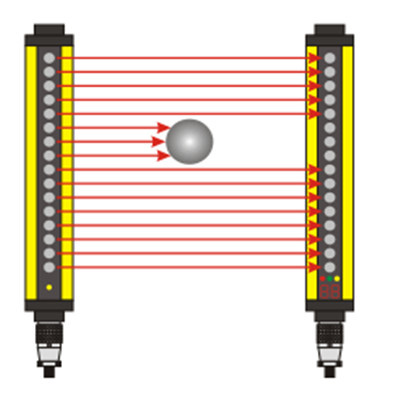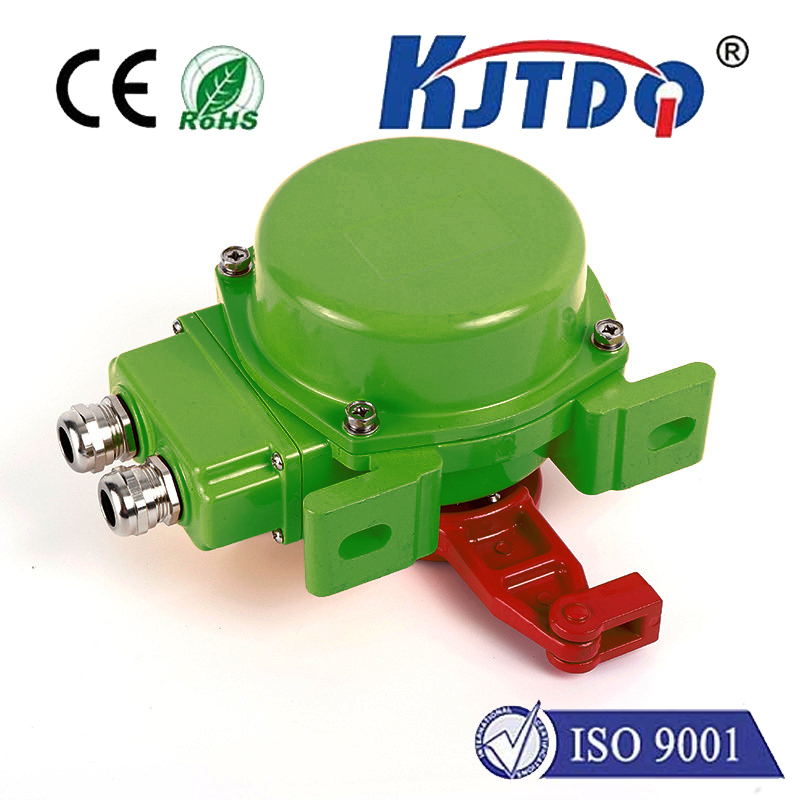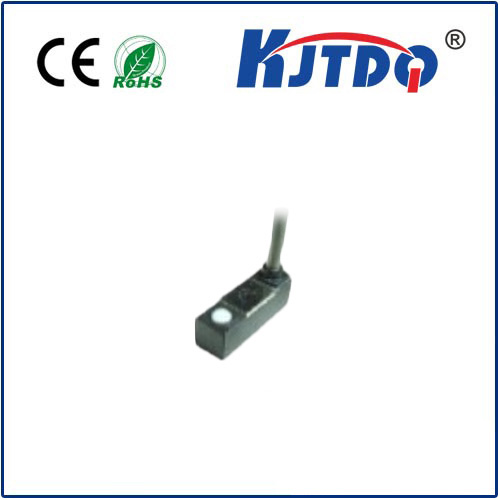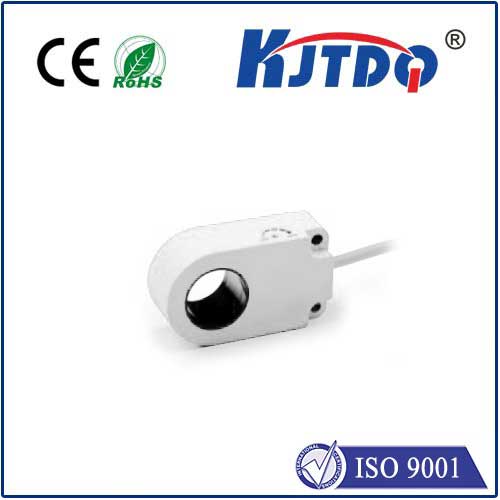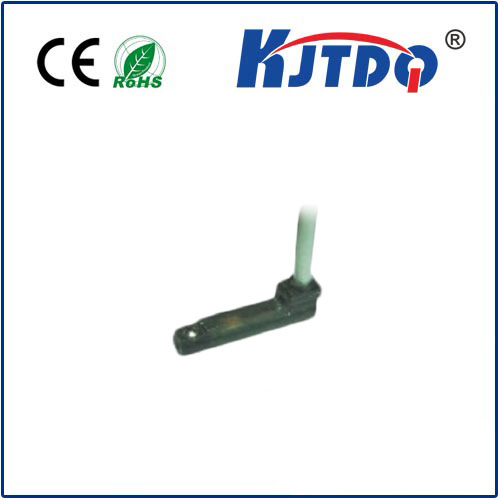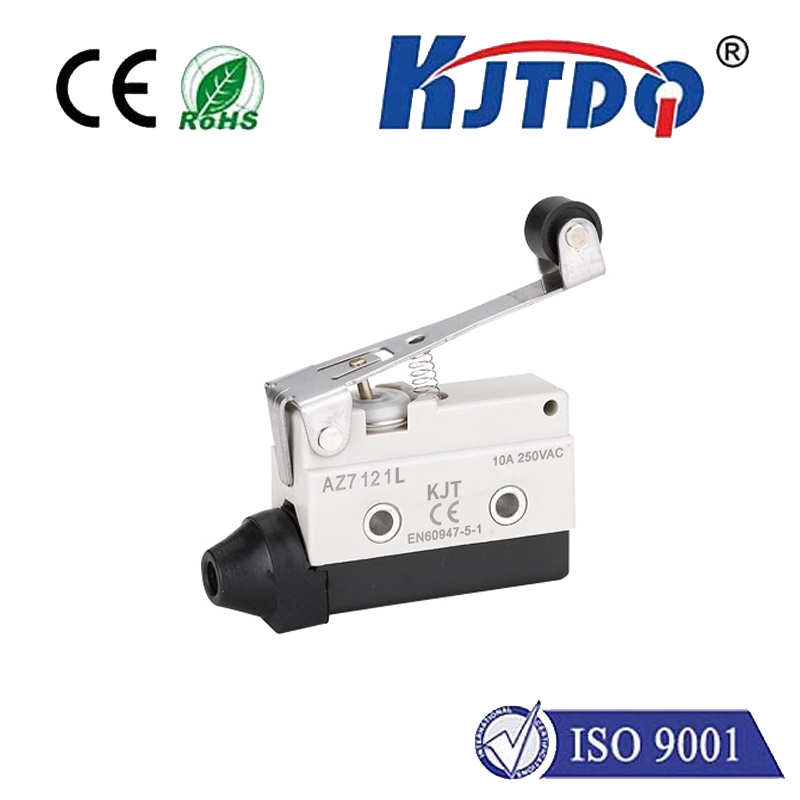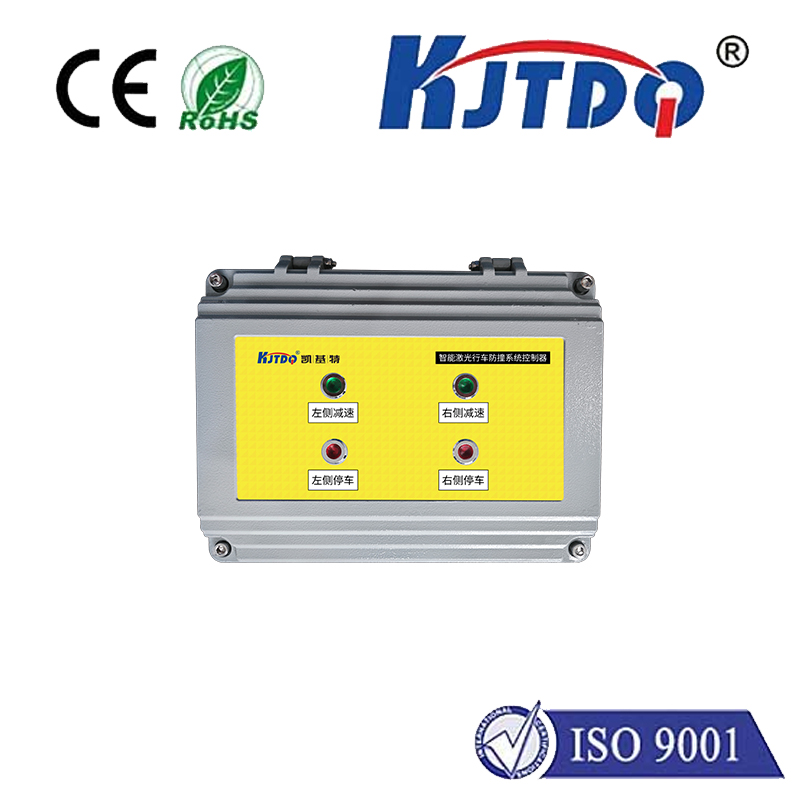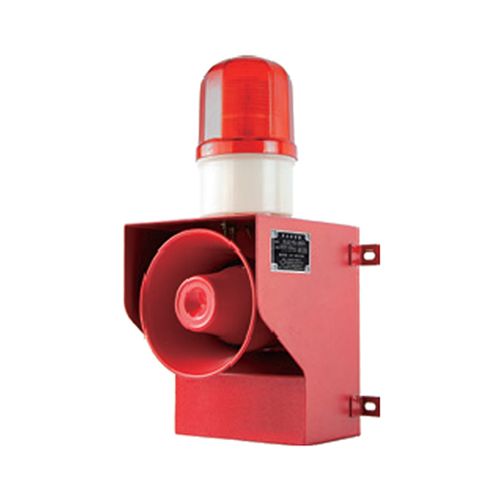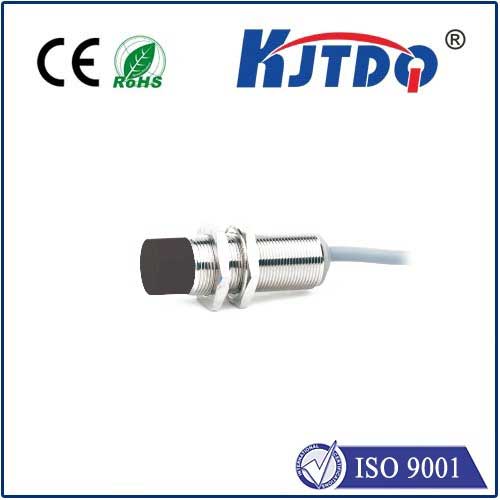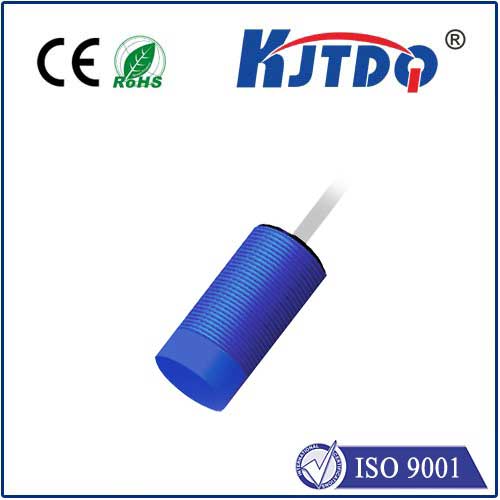BES019Y proximity sensor
- time:2025-10-16 11:21:03
- Click:0
BES019Y Proximity Sensor: The Robust Inductive Solution for Industrial Sensing
Imagine a world where machines don’t know their own boundaries, where assembly lines lack the precise awareness to function flawlessly, and safety systems operate blindly. Thankfully, that’s not our reality, largely thanks to the silent sentinels of automation: proximity sensors. Among these crucial components, the BES019Y proximity sensor stands out as a paragon of reliability and durability for detecting metallic objects without physical contact. Its specific model designation signifies a well-defined tool engineered for demanding industrial applications, offering a blend of precision and resilience vital for modern manufacturing and machinery.
The BES019Y belongs squarely to the category of inductive proximity sensors. The core principle is elegantly simple yet incredibly effective. Inside its rugged housing lies an oscillator generating a high-frequency electromagnetic field that radiates from its active sensing face. When a metallic target – typically ferrous metals like steel or iron, though some models detect non-ferrous metals – enters this field, it causes eddy currents to form on the target’s surface. These eddy currents draw energy from the sensor’s oscillator, leading to a measurable decrease in its oscillation amplitude. Sophisticated circuitry within the BES019Y detects this change precisely and triggers its output signal. This entire process happens contactlessly and near-instantaneously, enabling high-speed detection crucial for automation cycles.

Why does the BES019Y inductive proximity sensor garner such trust on the factory floor? Its advantages are numerous and tangible:
- Extreme Durability: Encased in robust nickel-plated brass or stainless steel (common for M18 sensors like the likely BES019Y form factor), it shrugs off impacts, vibrations, and harsh environmental factors. Its characteristic IP67 or IP68 rating ensures reliable operation even when exposed to significant dust and water jets or temporary submersion, making it ideal for washdown areas or foundries.
- Long Service Life: With no moving parts subject to wear and tear, the BES019Y sensor offers an exceptionally long operational lifespan, minimizing downtime and maintenance costs. The contactless sensing principle is fundamentally wear-free.
- High Switching Frequency & Speed: Capable of detecting objects at incredibly high speeds – often hundreds or even thousands of times per second – the BES019Y keeps pace with the fastest production lines and packaging machinery.
- Resistance to Contaminants: Unlike optical sensors obscured by dirt, oil, or coolants, or mechanical switches jammed by debris, the inductive BES019Y remains largely unaffected by common industrial contaminants (non-metallic), ensuring stable performance in messy environments.
- Simple Installation & Operation: Typically featuring a standard M18 threaded barrel design, installation is straightforward – just screw it into a matching mounting hole. Wiring is usually simple, often utilizing a three-wire configuration (Brown = +Voltage, Blue = 0V, Black = Output) with either a PNP (sourcing) or NPN (sinking) output transistor, making integration into existing control systems (PLCs) effortless. The BES019Y proximity sensor excels at position detection – verifying if a part is in place on a fixture, a pallet has reached a station, or a robotic arm is home. It’s essential for object counting on conveyors, end-of-travel detection on cylinders and actuators, and providing critical inputs for rotational speed monitoring. Its robust nature also makes it perfect for machine safety interlocks (confirming guards are closed) and level detection of metallic materials in tanks or hoppers.
Key technical specifications typically associated with a sensor like the BES019Y include:
- Sensing Range: Often specified (e.g., 3mm for an M18 sensor). This is the nominal distance at which it can reliably detect a standard target. It’s crucial to understand this is specified for mild steel; other metals may have reduced ranges. The BES019Y offers consistent detection within its rated operating distance.
- Output Type: Primarily PNP normally open (NO) or sometimes NPN configurations. PNP output is common and means the sensor’s output wire (Black) switches to positive voltage when a target is detected. Its switching state is clear and reliable.
- Supply Voltage: Commonly operates within a DC voltage range, such as 10-30V DC, offering compatibility with standard industrial control voltages.
- Housing Material: Robust materials like nickel-plated brass or stainless steel (V2A/V4A), crucial for the sensor’s longevity in harsh settings. The sensor housing provides critical protection.
- Connection Type: Often features an M12 connector for quick, secure, and standardized wiring.
- Protection Rating: The critical IP67 rating or higher, signifying dust-tightness and resistance to temporary immersion in water.
Selecting the right sensor is vital. Ensure the BES019Y proximity sensor’s specifications align with your needs:
- Target Material: Inductive sensors like the BES019Y detect metals. Confirm if the primary targets are ferrous (best sensitivity) or non-ferrous (reduced range).
- Required Sensing Distance: Choose a model with a range slightly exceeding your actual needed gap to account for mounting tolerances and potential variations.
- Environmental Conditions: Verify the IP rating (e.g., IP67) matches the environment (sprays, washdown, dust levels). Consider temperature extremes and potential chemical exposure.
- Output Configuration: PNP (sourcing) is often the default for PLC sinking inputs. Ensure compatibility with your controller (PLC). Confirm if you need Normally Open (NO) or Normally Closed (NC) operation.
- Mounting Constraints: The common M18 threaded barrel requires adequate space. Factor in surrounding structures or other equipment. Proper mounting is essential for optimal performance.
The BES019Y proximity sensor isn’t just another component; it’s a fundamental building block for reliable automation. Its blend of inductive sensing robustness, exceptional durability (thanks to its IP67 rating and tough housing), straightforward integration (often via M12 connector and simple wiring), and precise performance makes it an indispensable tool for engineers and technicians. Whether ensuring a robotic weld happens in the right location, confirming a bottle cap is present before filling, safeguarding operators with interlocks, or tracking production counts, this sensor operates tirelessly in the background. Its specific designation signifies a tool refined for demanding industrial realities, delivering the position feedback and object detection capabilities that keep systems running smoothly, efficiently, and safely. For countless applications requiring the detection of metallic objects, the BES019Y proves itself as a robust, reliable, and essential inductive proximity sensor.






